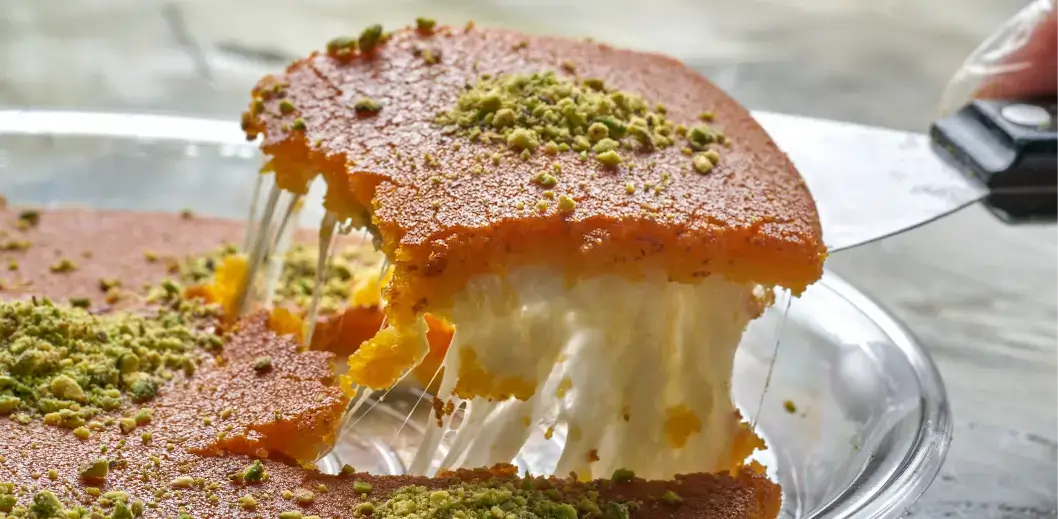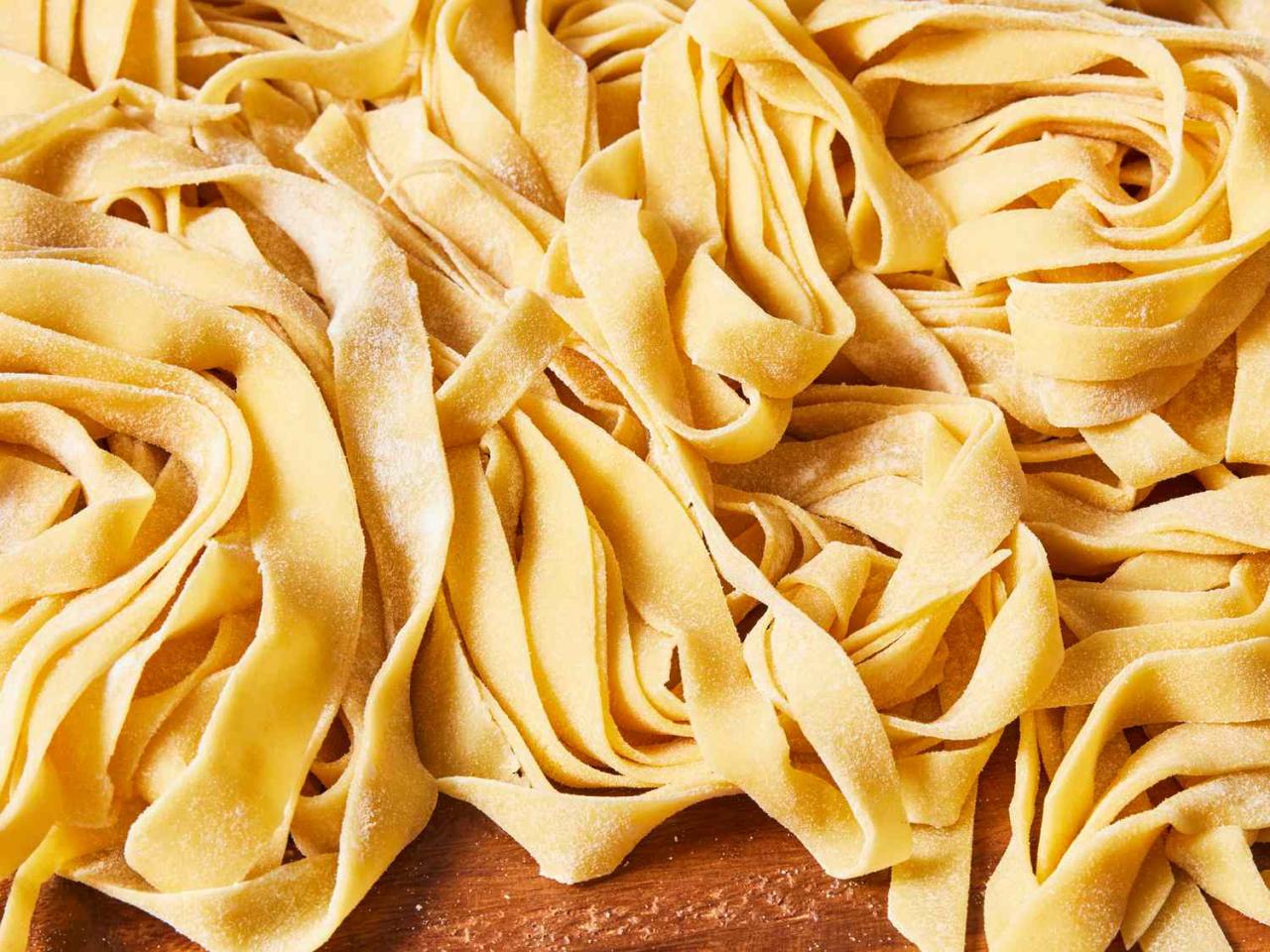Take a journey to the vibrant streets of Thailand and immerse yourself in the tantalizing world of Thai curry. From creamy coconut curries to fiery red chilli pastes, this simple guide will equip you with the knowledge and skills needed to master the art of Thai curry making in your own kitchen. Whether you’re a seasoned cook or a curious beginner, join us as we delve into the flavors, ingredients, and techniques that make Thai curry a culinary masterpiece. Let’s get started on your delicious adventure with Thai Curry 101.

Understanding Thai Curry: A Deep Dive into the Flavors and Ingredients
When it comes to Thai curry, the flavors and ingredients can vary widely based on the region and the chef’s preferences. A common misconception is that all Thai curries are spicy, but in reality, they can range from mild to fiery hot.
One key element in Thai curry is the curry paste, which forms the base of the dish. The paste typically includes a combination of ingredients such as lemongrass, galangal, kaffir lime leaves, garlic, shallots, and various spices. Each curry paste has its own unique blend of flavors, from the earthy and aromatic Massaman to the fiery and pungent Green curry.
Coconut milk is another essential component in Thai curry, adding a rich and creamy texture to the dish. It helps balance out the heat from the spices while providing a subtle sweetness. When simmered with the curry paste and other ingredients, coconut milk creates a luscious sauce that coats each ingredient in flavorful goodness.
Herbs and vegetables play a crucial role in Thai curry, adding freshness and texture to the dish. Ingredients like Thai basil, cilantro, bamboo shoots, bell peppers, and eggplant are commonly used to enhance the overall flavor profile. The combination of these elements results in a harmonious blend of sweet, spicy, tangy, and savory notes that make Thai curry a truly unique and delicious culinary experience.
The Perfect Balance: Tips for Achieving Authentic Thai Curry
When it comes to creating the perfect balance of flavors in an authentic Thai curry, there are a few key tips to keep in mind. From choosing the right ingredients to mastering the art of seasoning, here are some simple guidelines to help you achieve a delicious and flavorful Thai curry every time.
One of the most important aspects of making a great Thai curry is using the right combination of herbs and spices. Traditional Thai curries often include ingredients like lemongrass, galangal, kaffir lime leaves, and Thai basil. By using these authentic ingredients, you can create a rich and aromatic curry that is sure to impress.
Another key tip for achieving an authentic Thai curry is to balance the flavors of sweet, sour, salty, and spicy. This can be achieved by using a combination of ingredients like palm sugar for sweetness, tamarind paste for sourness, fish sauce for saltiness, and Thai chilies for heat. By carefully adjusting the amounts of each ingredient, you can create a well-rounded and delicious curry that captures the essence of Thai cuisine.
Exploring Varieties: From Green to Massaman, Which Thai Curry to Choose?
When it comes to Thai curry, the options can be overwhelming. From the mild and herbaceous Green Curry to the rich and creamy Massaman Curry, each variety offers a unique flavor profile that caters to different taste preferences. Here is a simple guide to help you navigate the world of Thai curry:
Green Curry
Known for its vibrant green color and spicy kick, Green Curry is made with green chilies, basil, cilantro, and kaffir lime leaves. It is best paired with chicken or shrimp and served with jasmine rice. This curry is perfect for those who enjoy a bit of heat in their dishes.
Massaman Curry
With its mild and slightly sweet flavor, Massaman Curry is a favorite among those who prefer a milder spice level. Made with a blend of spices such as cinnamon, cardamom, and nutmeg, this curry is typically cooked with beef or lamb and potatoes. It is best enjoyed with steamed rice or roti.
Cooking Techniques: Mastering the Art of Thai Curry Making
When it comes to mastering the art of Thai curry making, there are a few key cooking techniques that you need to keep in mind. Thai curry is known for its rich and complex flavors, which are achieved through a combination of fresh ingredients and traditional cooking methods. By following these simple tips and tricks, you can elevate your curry-making skills to the next level.
Choose the right curry paste: The key to a delicious Thai curry lies in the curry paste you use. Opt for high-quality curry paste that is made with fresh ingredients and traditional spices. Whether you prefer red, green, or yellow curry, using authentic curry paste will elevate the flavor of your dish.
Balance the flavors: Thai curry is all about achieving a perfect balance of flavors. Make sure to taste and adjust the seasoning of your curry as you cook. Balance the sweetness with a hint of spice, and add a splash of lime juice for a touch of acidity. Don’t be afraid to experiment with different ingredients to find the perfect flavor profile for your curry.
| Ingredient | Amount |
|---|---|
| Coconut milk | 1 can |
| Thai basil | 1/2 cup |
| Red bell pepper | 1 |
| Chicken | 1 lb |
In conclusion, Thai curry is a delicious and versatile dish that can be easily customized to suit your taste preferences. Whether you prefer red, green, or yellow curry, this simple guide has provided you with the fundamentals to create a satisfying meal bursting with flavor. So why not put on your apron, grab your ingredients, and start cooking up a delicious Thai curry tonight? Remember, the key to a great curry lies in experimenting and finding the perfect balance of spices and aromatics. Happy cooking!








